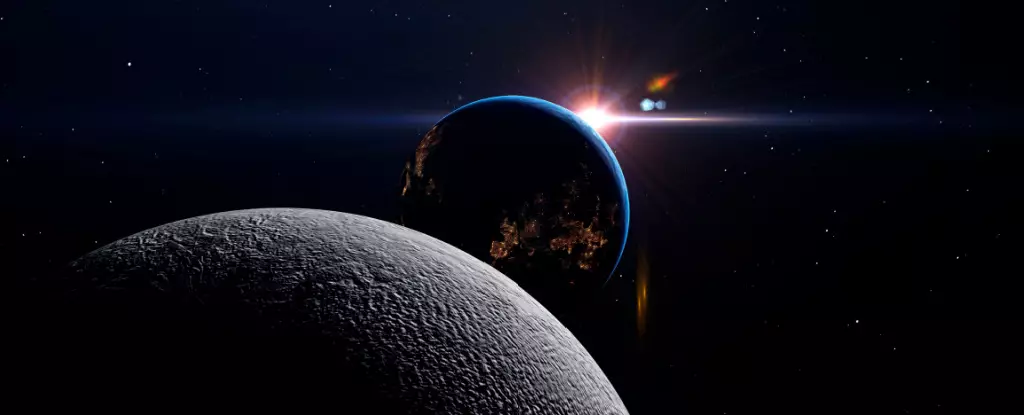In the vastness of space, time is not a fixed concept. It is subject to the laws of physics, including the gravitational pull of celestial bodies. Recently, NASA scientists have revealed a fascinating discovery regarding the Moon’s time relative to Earth’s, and the implications it has for future space exploration.
As humans left the lunar surface over half a century ago, time has moved forward for both Earth and the Moon. Surprisingly, the Moon has gained a slight lead in time over Earth, approximately 1.1 seconds. Despite seeming insignificant, this difference of 0.0000575 seconds per day could have profound effects on navigation systems for upcoming crewed missions.
Albert Einstein first theorized gravity’s impact on time through his general theory of relativity. However, measuring these temporal distortions due to varying gravitational forces has been a challenging task. With advancements in technology, particularly atomic clocks, scientists can now detect minuscule time differences between objects under different gravitational pulls.
With NASA aiming to send astronauts back to the Moon by 2026 as part of the Artemis missions, understanding these time differentials has become crucial. The need for precision in navigation and mission planning on the Moon requires a unified time reference system that all space agencies can agree upon.
NASA physicist Slava Turyshev, leading a study on Earth-Moon time differentials, calculated that the Moon gains 57 millionths of a second per Earth day. This calculation was based on the shifting time scales of Earth and the Moon relative to the Solar System’s barycentre. While closely aligning with another research team’s findings, the exact definition of lunar time still requires further verification.
Both sets of results regarding lunar time must undergo peer review and scrutiny from various agencies and international bodies, including the International Bureau of Weights and Measures and the International Astronomical Union. This collaborative effort aims to establish a definitive understanding of lunar time for future space missions and explorations.
As humanity ventures back to the Moon and beyond, the intricacies of timekeeping in space become increasingly significant. The calculated seconds of the Moon offer a glimpse into the complexities of navigating the cosmos and highlight the importance of scientific collaboration in unraveling the mysteries of our celestial neighbors. With each new discovery, we edge closer to unlocking the secrets of the universe and venturing into the vast unknown with greater precision and understanding.



Leave a Reply